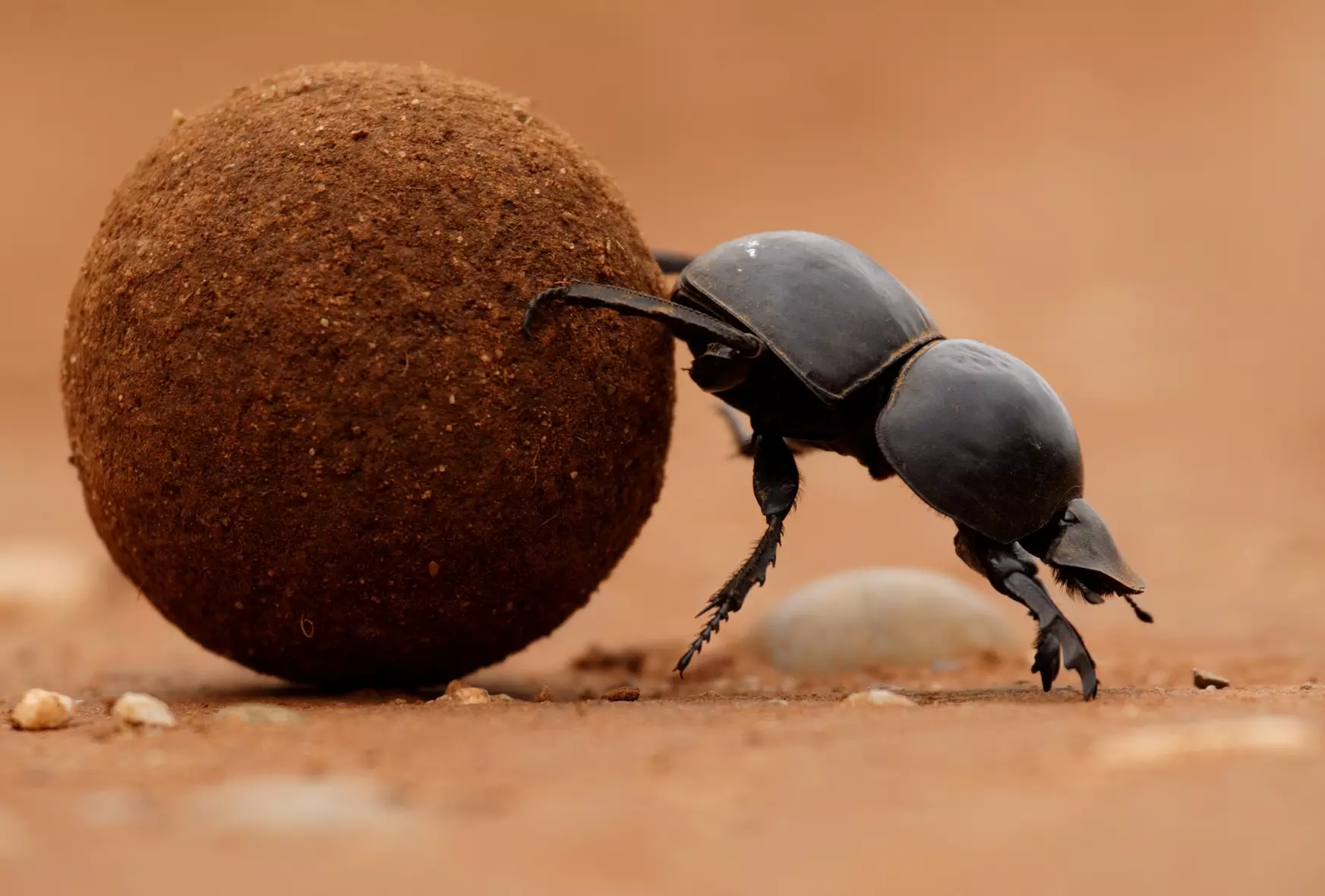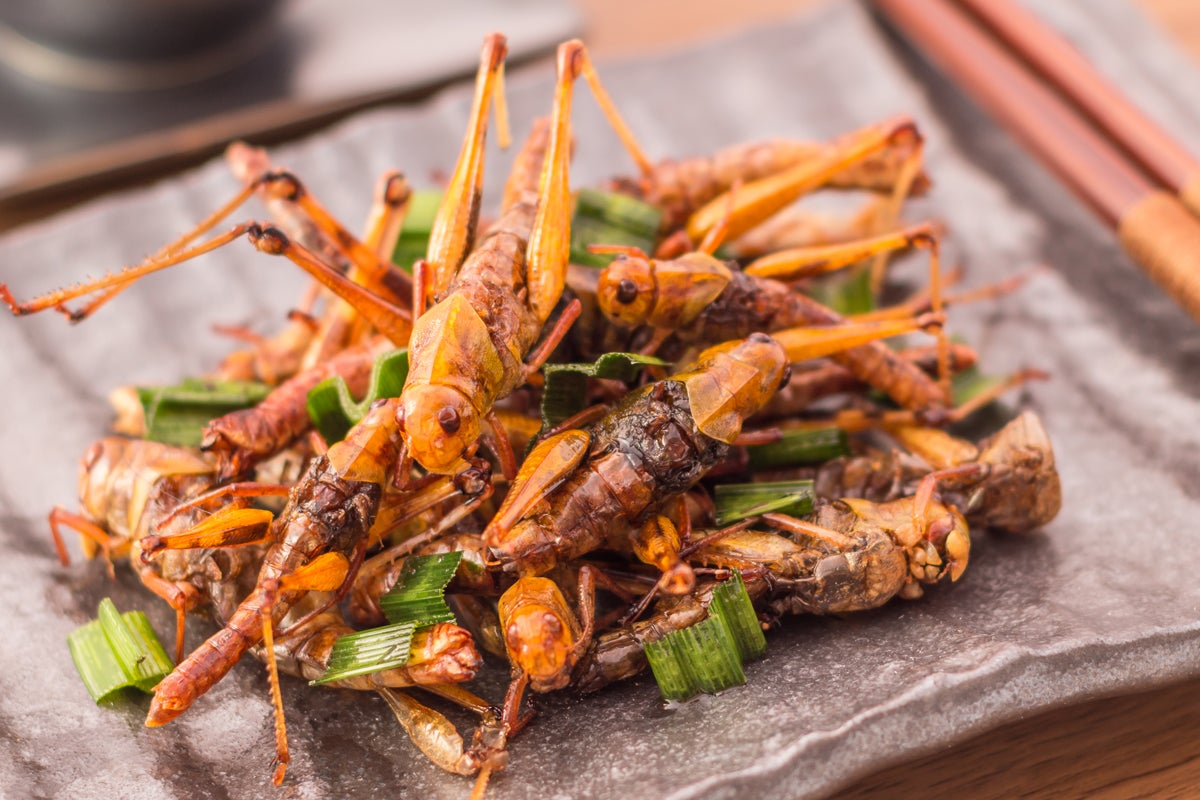The Role of Insects in the Ecosystem
The Role of Insects in the Ecosystem
 |
| Assorted insect species provided by University of Nebraska-Lincoln |
Decomposers
As well as fungi, insects are amazing at breaking down matter to convert it into energy. A popular insect known for decomposing is the carrion and dung beetle.
 |
Dung beetle rolling feces (Ryan Plakonouris, 2019). |
Nourishing the soil
Additionally, insects are vital for nourishing the soil and promoting plant growth. Even though soil accounts for only 10% of the Earth's surface, it provides a home to many species of plants and animals alike. Without the soil, we would not have agriculture, forests, or any of the wildlife that lives within such forests. Although worms are not insects, they are often prized as one of the most important species to maintain soil. While this is true, many fail to realize that insects are also pioneers of the soil.
As mentioned by Verma, "Ants, with their intricate underground colonies, are another group of master soil engineers. Their subterranean chambers and tunnels can stretch extensively, significantly impacting soil structure" (Verma et. al, 2023). As the ants transport materials up and down their tunnels, they mix the soil, becoming natural tillers. Just as humans till to aerate their soil for their crops, ants unknowingly feed the soil oxygen and allow nutrients to better flow throughout it. Contrary to worms, who are native to Europe (even though they have now found themselves inhabitants of every continent), ants can be found almost everywhere on the planet as a native and beneficial species.
Termites, as mentioned above, are also key for the soil. "But beyond their role as decomposers, their nesting and foraging activities, similar to ants, lead to soil turnover. They transport soil particles, mix them with organic matter, and in doing so, influence both the soil's physical structure and its chemistry" (Verma et. al, 2023). Termites play a similar role as ants, and they are natural soil mixers as they bring deeper material up into their mounds.
| Fire ant colony casting (Anthill Art) |
Predator and Prey
The more well-known aspect insects are known for is their role in the food chain. There is a wide variety of animals that depend on insects for food, ranging from fish and reptiles to mammals and birds. Without an abundant population of insects, these species may starve or resort to finding other food sources that could disrupt the food chain. According to Jennifer D'Agostino, there are about 400 identified species of insectivore mammals, which include moles, shrews, hedgehogs, and anteaters, and these are just mammals.
Many species of birds and reptiles primarily feed on insects and rely on a diverse population of beetles, ants, and flying insects to maintain a healthy diet. Also, many cultures and populations enjoy eating insects because of their high nutritional value and availability. "Humans have harvested the eggs, larvae, pupae, and adults of certain insect species from forests or other suitable habitats to eat for thousands of years" (Center for Invasive Species Research). In more tropical areas where larger bugs can be found, many people like to enjoy the taste and texture of insects as well as get a full meal.
 |
| Cricket dish (Getty) |
References:
Entomophagy (Eating Insects) | Center for Invasive Species Research. https://cisr.ucr.edu/entomophagy-eating-insects. Accessed 11 Apr. 2024.
Verma , R. C., Waseem , M. A., Sharma , N., Bharathi , K., Singh , S., Anto Rashwin A., Pandey , S. K., & Singh , B. V. (2023). The Role of Insects in Ecosystems, an in-depth Review of Entomological Research. International Journal of Environment and Climate Change, 13(10), 4340–4348. https://doi.org/10.9734/ijecc/2023/v13i103110
Insectivora - an Overview | ScienceDirect Topics. https://www.sciencedirect.com/topics/agricultural-and-biological-sciences/insectivora. Accessed 11 Apr. 2024.
Insect Diversity | Science Literacy and Outreach | Nebraska. https://entomology.unl.edu/scilit/insect-diversity#:~:text=There%20are%20more%20than%201%2C000%2C000,10%20million%20undiscovered%20insect%20species. Accessed 11 Apr. 2024.
Comments
Post a Comment